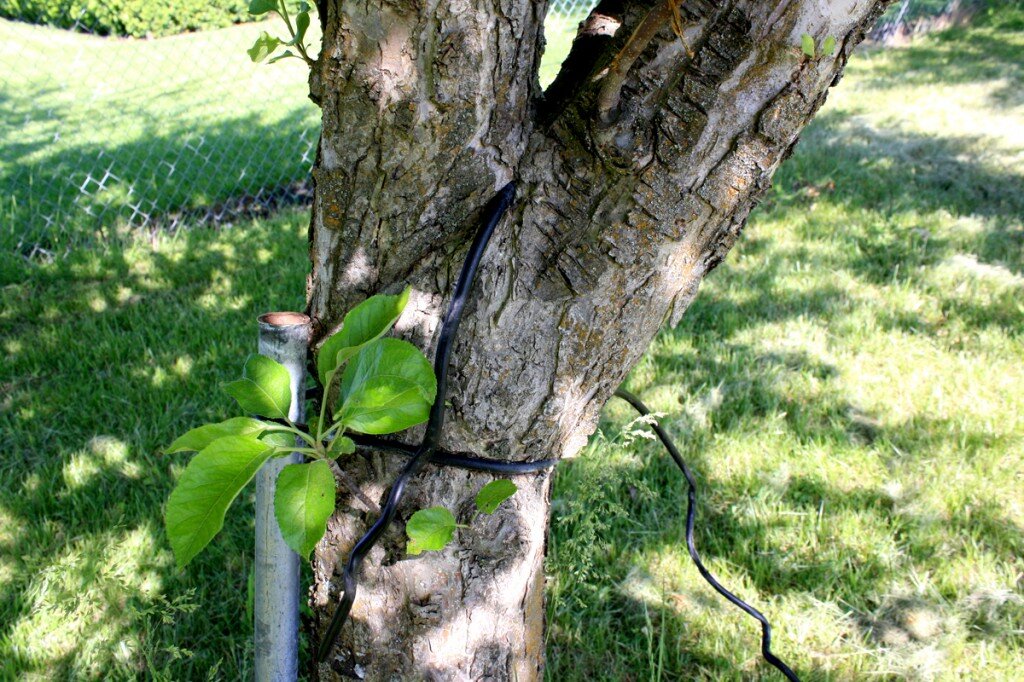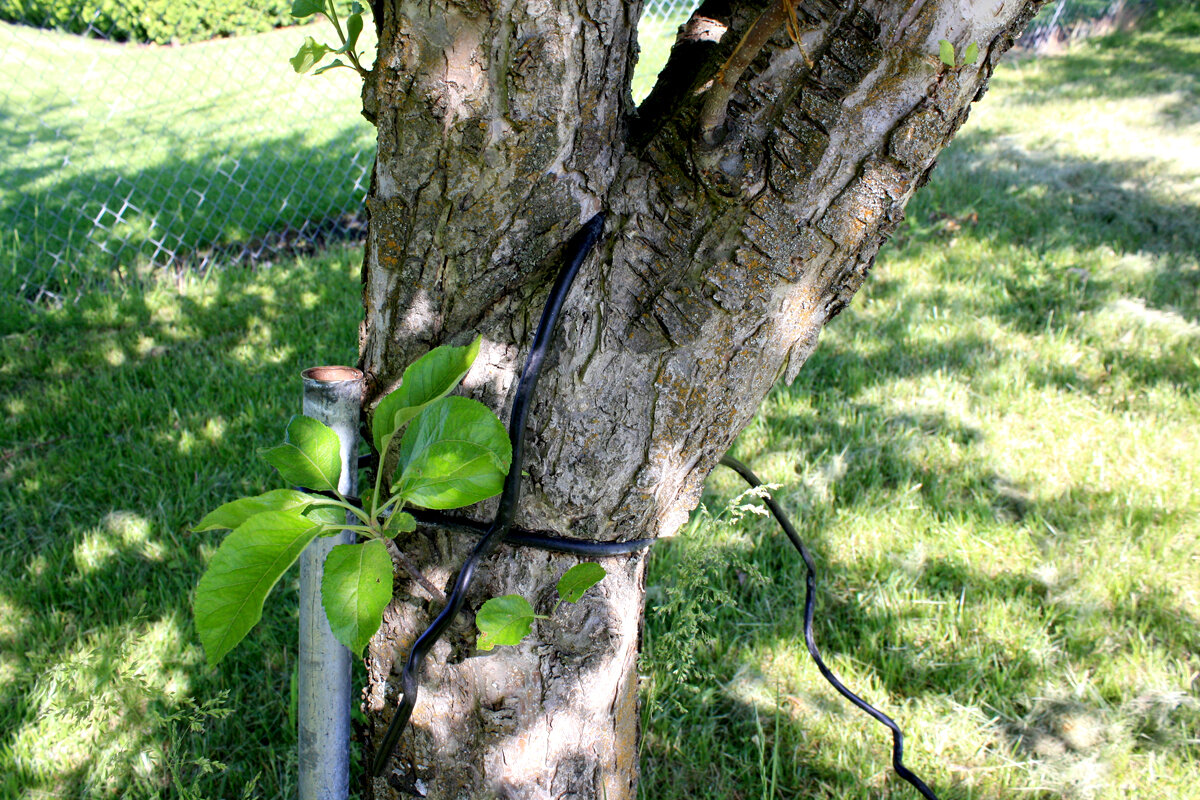Playing Catch-Up With Slow Time
This house does not have "history" in that deep-time, thick sense that a house hundreds of years old has. It doesn't ooze history out of its walls and have hidden nooks and crannies with generations of stories. What this house does have, though, is a history that we know, comparatively, well. We are the 4th owners of the home. The home was built and landscaped by an arborist, who placed all of the plant life that we fell in love with. It was then bought by a couple that put in and stocked the shop. When half of that couple passed away, the shop was closed and (I think) rarely opened, and the maintenance of the house fell by the wayside. Then the gentleman we bought it from bought the house, with every intention, I think, of caring for the property, but age and medical problems intervened.There are a lot of reasons, but the end result is that some parts of this property hasn't been cared for, in some ways at all, in 5-10 years. Since it was built 34 years ago, that's a pretty significant chunk of its life. So we're playing catch-up with the very real impact of the slow march of time.In some places, taking care of the problem is comparatively easy -- trimming a few trees, taking out brush and undergrowth, repairing the stretched wire on a fence that is coming apart. The bigger challenge is in seeing, deciding on, and then accepting that there are some places where the damage has simply been done. It may have started as something that was supposed to be helpful. In fact, in most places, the damage started as something very positive -- a piece of wire to prop up a brand-new sapling, plastic put down to keep the weeds at bay just long enough for things to get established, a watering system put in with the intention of keeping the ground alive. Like many things in life, every intention was positive, and for a while, it really was helpful. The challenge comes when emergence begins to take over. What was intended to be helpful is not constantly re-evaluated and adjusted to match current needs. What was supposed to make things easier gets worn at the edges and the plan is to dedicate time and energy to fixing it tomorrow. Something breaks, and fixing the immediate problem takes precedence over deciding if the break is an indicator of a larger problem. No matter what the reason, sometimes what worked wonderfully for a while becomes a hindrance.For many of our trees, that emergence soon became a hindrance, which then became a scar, and is now well on its way to being healed over. For injuries that are not attended to eventually become a part of our fabric. So, for many of our trees, the steel cables and plastic hose that once propped them up and helped them grow now hang out of trunks, helpless but caught in the wood. We could try and exorcise the rough metal from the wood, but the two have become so intertwined that doing so could involve sacrificing a large part of the tree itself. We leave the cables there rather than cutting them to the quick -- it may mean that the tree has more to grow in and around, but it also provides a reminder that, should that tree require deep pruning or cutting in that area, that there is more than simple wood hidden under the bark.So instead, like the tree slowly enveloping the steel cable, it's a process of acceptance. The tree is beautiful not only for the fruit and shade and life it provides, but the proof that no matter what the scars we may all carry and no matter how long we wait to address them, we can still be ourselves -- just with a few frayed steel cables sticking out at odd angles, reminding us to tend the structures we create and never be afraid to adjust what was once necessary to prop us up.
The challenge comes when emergence begins to take over. What was intended to be helpful is not constantly re-evaluated and adjusted to match current needs. What was supposed to make things easier gets worn at the edges and the plan is to dedicate time and energy to fixing it tomorrow. Something breaks, and fixing the immediate problem takes precedence over deciding if the break is an indicator of a larger problem. No matter what the reason, sometimes what worked wonderfully for a while becomes a hindrance.For many of our trees, that emergence soon became a hindrance, which then became a scar, and is now well on its way to being healed over. For injuries that are not attended to eventually become a part of our fabric. So, for many of our trees, the steel cables and plastic hose that once propped them up and helped them grow now hang out of trunks, helpless but caught in the wood. We could try and exorcise the rough metal from the wood, but the two have become so intertwined that doing so could involve sacrificing a large part of the tree itself. We leave the cables there rather than cutting them to the quick -- it may mean that the tree has more to grow in and around, but it also provides a reminder that, should that tree require deep pruning or cutting in that area, that there is more than simple wood hidden under the bark.So instead, like the tree slowly enveloping the steel cable, it's a process of acceptance. The tree is beautiful not only for the fruit and shade and life it provides, but the proof that no matter what the scars we may all carry and no matter how long we wait to address them, we can still be ourselves -- just with a few frayed steel cables sticking out at odd angles, reminding us to tend the structures we create and never be afraid to adjust what was once necessary to prop us up.

